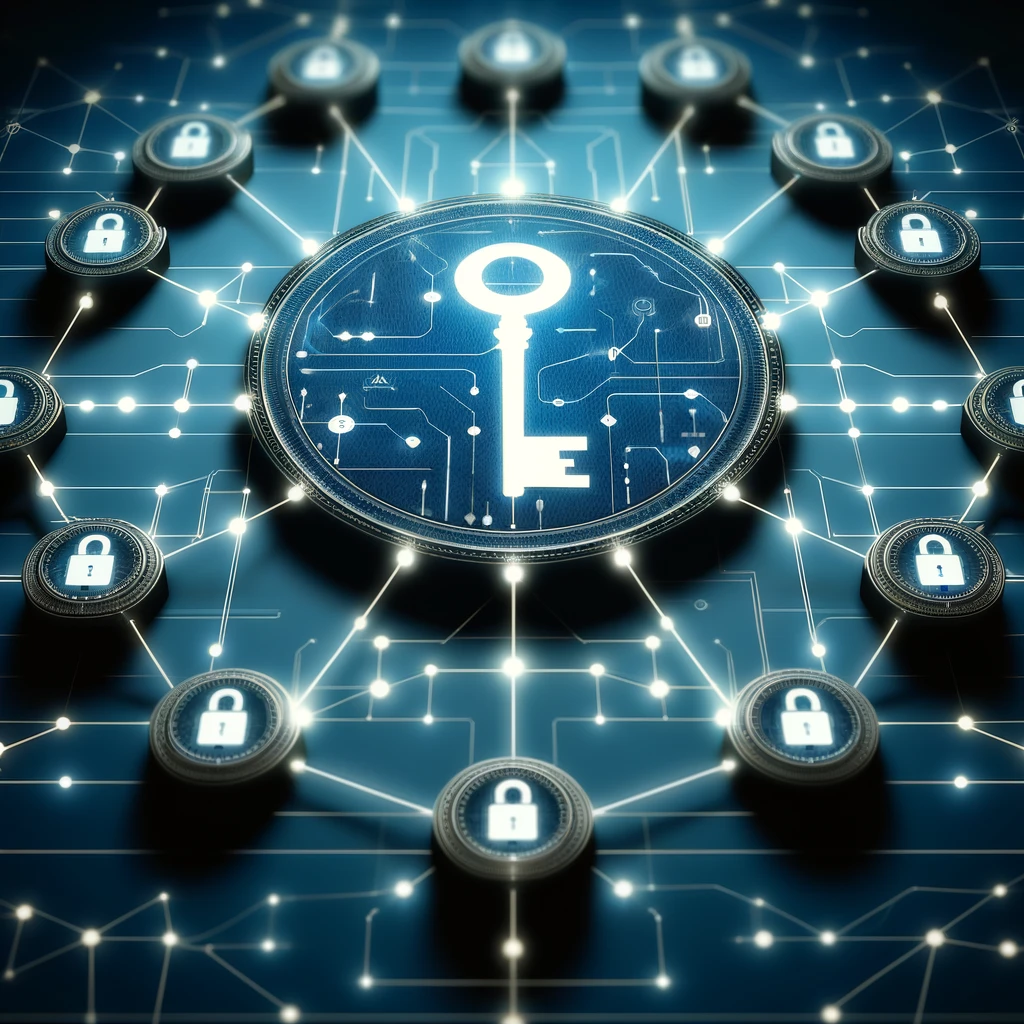Intro
Public Key Infrastructure (PKI) is a crucial framework for ensuring secure electronic communication. It involves using cryptographic keys, certificates, and trusted authorities to manage, distribute, and authenticate digital identities. Therefore, understanding PKI is essential for anyone involved in cybersecurity or IT-related fields, as it forms the backbone of secure online interactions, ranging from email encryption to online banking.
Key Components of PKI
- Public and Private Keys
- Public Key: A cryptographic key that can be shared openly. It encrypts data.
- Private Key: The owner keeps this cryptographic key secret. It decrypts data encrypted with the corresponding public key.
- Digital Certificates
- Definition: Electronic documents that bind a public key with an identity (person, organization, or device).
- Components: These documents contain the public key, the identity of the owner, and the digital signature of a trusted Certificate Authority (CA).
- Certificate Authorities (CAs)
- Role: Trusted entities that issue digital certificates.
- Responsibilities: They verify the identity of certificate applicants and sign certificates to ensure their authenticity.
- Registration Authorities (RAs)
- Role: They act as intermediaries between users and CAs.
- Responsibilities: They verify user identities before CAs issue certificates.
- Certificate Revocation Lists (CRLs)
- Definition: Lists of certificates that have been revoked before their expiration date.
- Purpose: They ensure that compromised or invalid certificates cannot be used.
How PKI Works
- Key Generation
- First, individuals or entities generate a pair of keys (public and private).
- They keep the private key secure and share the public key.
- Certificate Issuance
- An entity submits a request to a CA, along with their public key.
- The CA verifies the identity and issues a digital certificate containing the public key.
- Certificate Distribution
- Next, the CA sends the issued certificate to the intended recipient.
- The recipient uses the public key for encrypting data or verifying signatures.
- Authentication and Encryption
- When sending encrypted data, the sender uses the recipient’s public key.
- The recipient decrypts the data with their private key.
- Moreover, digital signatures use the sender’s private key to sign data, and recipients use the public key to verify the signature.
- Certificate Revocation
- If a private key becomes compromised, the CA revokes the certificate and adds it to the CRL.
- Users check the CRL to ensure the certificate remains valid.
Benefits of PKI
- Security: It ensures data confidentiality, integrity, and authenticity.
- Scalability: It is suitable for large-scale environments.
- Trust: It establishes a trusted network of entities.
Applications of PKI
- Email Security: Encrypting and signing emails.
- Secure Web Browsing: HTTPS websites use certificates to secure communication.
- Digital Signatures: Authenticating documents and transactions.
- VPNs: Securing remote network access.
Conclusion
In conclusion, Public Key Infrastructure (PKI) serves as a fundamental technology for secure digital communication. By leveraging cryptographic keys, digital certificates, and trusted authorities, PKI ensures the confidentiality, integrity, and authenticity of electronic interactions. Therefore, understanding its components and processes is essential for anyone involved in cybersecurity. PKI continues to play a pivotal role in safeguarding our digital world.
- Sec+
- 1.0 General Security Concepts
- 1.4 Explain the importance of using appropriate cryptographic solutions
Additional Resources
For an in-depth exploration of Sec+ Material, visit our main Sec+ page here. You can also check out our comprehensive video content on our YouTube channel.


